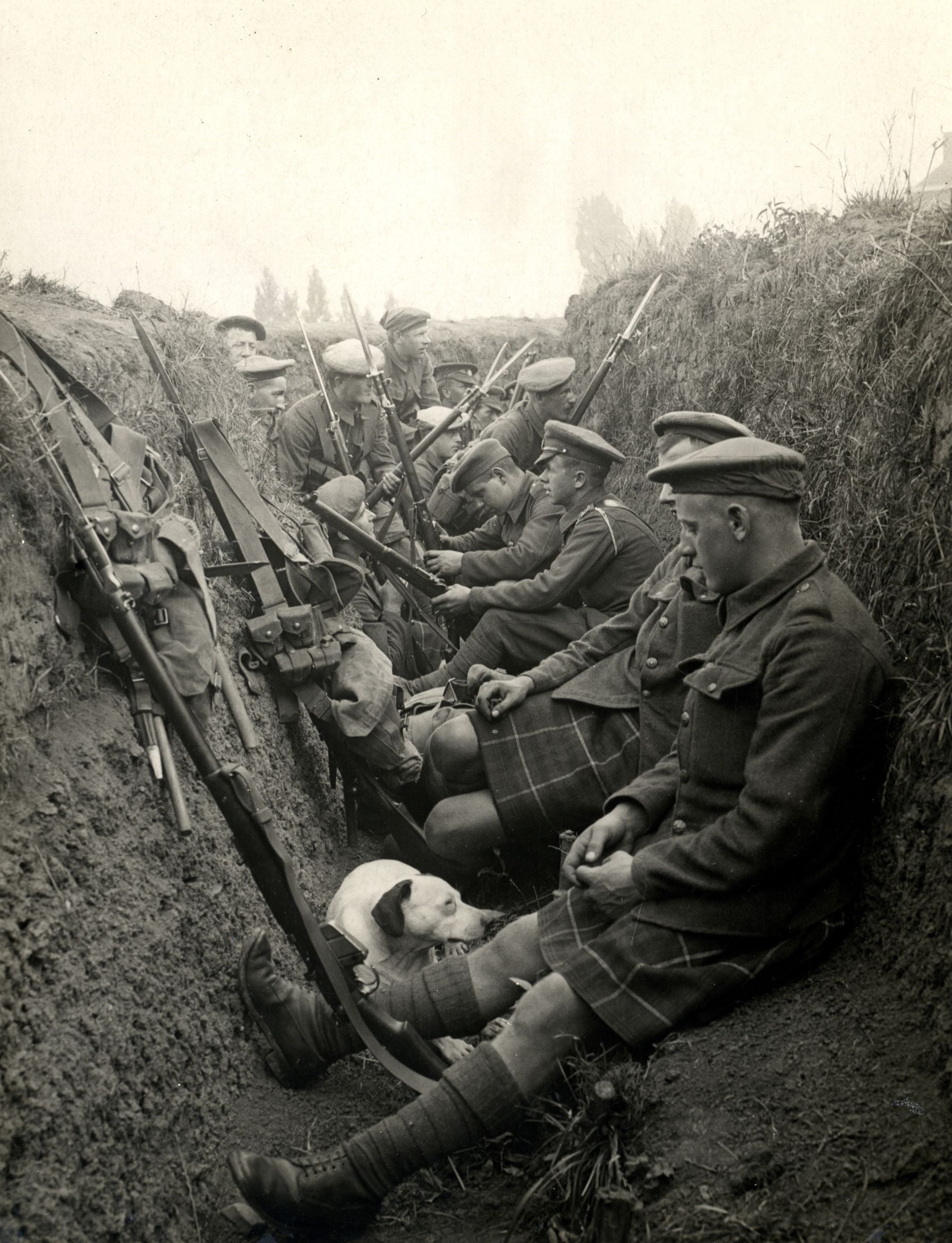Scotland kilt history: The outlawed, dangerous, and political kilt

Today, the kilt is considered a distinguished symbol of Scottish identity. Whether a formal celebration or a casual event, kilts are embraced as a cultural representation of patriotism.
However, wearing a kilt hasn't always been so straightforward. Many people are often surprised to hear that the kilt was once banned in Scotland, with severe consequences for those found wearing one. The kilt history is tense, with more relevance than you may realize.
When was the kilt banned in Scotland?
Imposed by the English Crown, the kilt ban was created in 1746 and lasted 35 long years. The ban came to suppress the Jacobite rebellion, which was becoming prevalent in the Highlands. The act of wearing a kilt was declared illegal with harsh punishments for consequence.
"That from and after the first day of August, One thousand, seven hundred and forty-six, no man or boy within that part of Britain called Scotland, other than such as shall be employed as Officers and Soldiers in His Majesty's Forces, shall, on any pretext whatever, wear or put on the clothes commonly called Highland clothes (that is to say) the Plaid, Philabeg, or little Kilt, Trowse, Shoulder-belts, or any part whatever of what peculiarly belongs to the Highland Garb; and that no tartan or party-colored plaid of stuff shall be used for Great Coats or upper coats."
Abolition and Proscription of the Highland Dress 19 George II, Chap. 39, Sec. 17, 1746

What was the punishment for wearing a kilt?
The new law saw a heavy decrease in the day-to-day wear of the kilt, with severe punishments put in place for those who disobeyed. 6-month imprisonment was imposed for a first offense, followed by a seven-year stay on a plantation for the second. The political clothing was wiped out across Scotland.
Shortly after, the Disarming Act was brought in to ensure no Highlander could legally carry a weapon, especially ones of cultural significance such as the Dirk. Protesters against the law would still wear the kilt. However, they would fashion it in a way that was not technically illegal.
When was the kilt ban lifted?
Finally, in 1782, the Scottish uprising had fallen and the kilt was deemed less dangerous. The ban was lifted. A spokesperson of the cause declared to Highlanders in this famous speech:
"Listen Men. This is bringing before all the Sons of the Gael, the King and Parliament of Britain have forever abolished the act against the Highland Dress; which came down to the Clans from the beginning of the world to the year 1746. This must bring great joy to every Highland Heart. You are no longer bound down to the unmanly dress of the Lowlander. This is declaring to every Man, young and old, simple and gentle, that they may after this put on and wear the Truis, the Little Kilt, the Coat, and the Striped Hose, as also the Belted Plaid, without fear of the Law of the Realm or the spite of the enemies."
Repeal of the Act Proscribing the Wearing of Highland Dress 22 George III, Chap. 63, 1782
Despite the ban being lifted, decades of inactivity caused the kilt to fade out of fashion, and it was no longer worn as a popular piece of everyday clothing in Scotland. The kilt began to gain ceremonial importance later in the 18th century when Royals and military officials took a liking to the kilt as a uniform.

Final thoughts
While the kilt is less of a political statement in these times, it certainly bears a significant print on our culture today. Today, we wear kilts to celebrate and enjoy Scottish tradition.
Tartan and kilts are becoming more and more popular across the globe, with fashion giants featuring a variety of highland wear on their runways. Browse our extensive collection of traditional and fashionable Scottish kilts, with both 5-yard and 8-yard options available.

 Check out our Yopto Reviews
Check out our Yopto Reviews